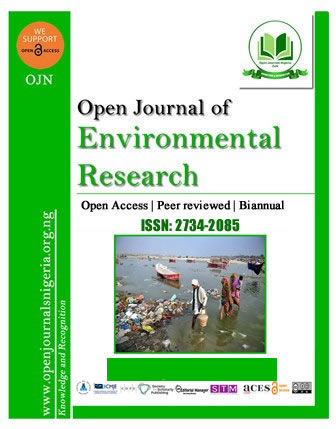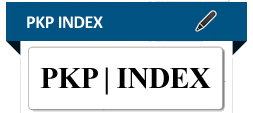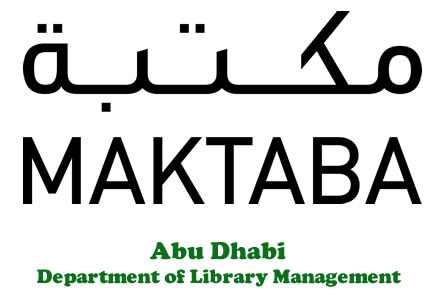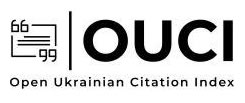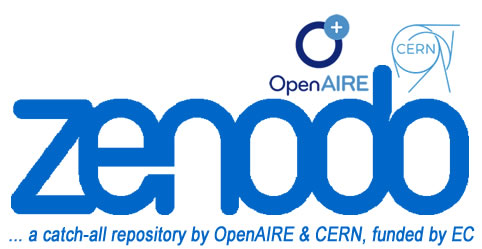PROXIMATE ANALYSIS AND HEALTH RISK ASSESSMENT OF HEAVY METAL POLLUTANT OF WATER AND SEDIMENTS IN OSUN RIVER
DOI:
https://doi.org/10.52417/ojer.v1i2.146Keywords:
Heavy metal, Pollutant, Water, Sediments, Osun riverAbstract
There are thirty-five (35) metals with public health implications due to occupational or residential exposure; twenty-three (23) of these are called heavy elements or metals. They are Antimony, Arsenic, Bismuth, Cadmium, Cerium, Chromium, Cobalt, Copper, Gallium, Gold, Iron, Lead, Manganese, Mercury, Nickel, Platinum, Silver, Tellurium, Thallium, Tin, Uranium, Vanadium, and Zinc. Interestingly, minute amount of these elements are common in our environment and diet and are actually necessary for a balanced health, but increased consumption may cause acute or chronic toxicity (poisoning). Allergies are not uncommon and repeated long-term exposure to these metals such as Zinc, Lead, Chromium, Selenium, Nickel, Cobalt and Cadmium may cause cancer. The alarming perceived increase of these pollutants around the south-western regions of Nigeria have necessitated the need to evaluate water and sediment samples of Osun river, popularly known for its cultural practices and activities. The physicochemical properties of samples such as pH, TDS EC, Total Dissolved Solid (TDS), Conductivity, Total Hardness, Sodium, Potassium, Phosphate, Nitrate, Chloride were analyzed and result showed compliance with recommended WHO standards. Trace and heavy metal composition in water using standard methods indicates the presence of Calcium (5.11±0.04ppm), Magnesium (0.54±0.004ppm), Potassium (1.28±0.01ppm) and Iron (0.05±0.00ppm) while sediment sample contained high composition of Zinc (21.99±2.67ppm), Iron (261.6±2.00ppm) and Manganese (105.6+0.50ppm). Results obtained from proximate analysis of both water and sediment samples, shows that there are no heavy metals presence in Osun River that could pose a threat to public health. Rather, there are more minerals and nutrients in availability which implies that water sample lacks considerable pollutants and can be certified healthy for moderate consumption and domestic uses which is within permissible value limits of WHO standards.
Ashaolu V. O. | Research Scholar, Department of Chemistry, LIFE, Loyola College, Chennai-600034
Published
How to Cite
Issue
Section
Copyright (c) 2020 Ashaolu

This work is licensed under a Creative Commons Attribution 4.0 International License.


